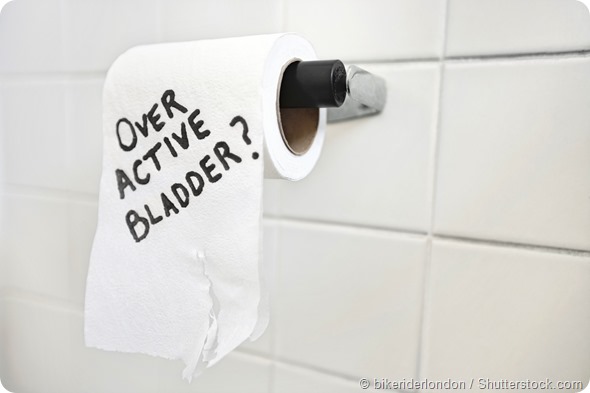Urge incontinence is caused by sudden spasms of the bladder muscle, or by an overactive bladder. This may be due to abnormal signals between the brain and the bladder. One way of approaching this problem is by keeping a bladder diary.

Bladder diary headings
A bladder diary consists of information charted by time, as to when you drink and how much, how much urine you pass and when. It also contains the timing, and amount, of urinary leakage.
In most cases, your doctor will advise you to complete your bladder diary for three to seven days. The following headings will be requested:
Fluid intake
- How much you drink, in milliliters or in cups or ounces.
- What fluids you drink
- When you drink each drink
Fluids that should be charted include not just water, beverages and juices, or soups, but also ice cream, jellies, broth and sherbet. In fact, the bladder diary should note any food which is watery or turns liquid at room temperature.
Urine output
- The amount of urine passed (a graduated vessel such as a urine hat may be used to measure it)
- When you pass urine in the bathroom
- The occurrence of urinary leakage
Urge before urination
Describe your sensation at the time of each leakage/visit to the bathroom from the list below:
- Voided without a desire to void (for example, to keep to the bladder retraining schedule)
- Had a desire to void but did not void till the scheduled time
- Had the need to void but could put it off for a little while
- Had the urgent need to void and rushed to the bathroom
- Had the urgent need to void and leakage occurred before I reached the bathroom
Activity at the time of leakage
The activity you were engaged in through each episode of leakage: coughing, sneezing, lifting something heavy, standing, lying, or sitting down.
Did you feel the urge to urinate or not before leakage occurred?
How much urine leaked?
- A few drops
- Enough to wet the underwear or a pad
- Enough to soak underclothes, or empty the bladder
How long should I log my urination pattern?
The bladder diary should be used to track your drinking, urination and leakage patterns for three to seven days in succession. If you go to work, you should have a separate copy to keep at the office. Both copies should be taken when you report to your doctor.
Though a bladder diary may be kept for any number of days, in practice the three-day diary is just as effective and accurate in its detailing of bladder voiding data as the longer versions. In addition, it reduces the chances that the patient will fill up a missed day or period from memory, increasing the truth and reproducibility of the records.
A bladder diary may also be kept to provide a record of progress in bladder training, and to act as a source of motivation in case an occasional leakage happens. It also helps to identify when you can anticipate the possible occurrence of a leakage and take steps to avoid it, such as not drinking coffee or tea before going out or at bedtime.
Resources
- http://www.guysandstthomas.nhs.uk/resources/patient-information/gynaecology/Bladder-diary.pdf
- https://patienteducation.osumc.edu/documents/voiding-record.pdf
- https://www.niddk.nih.gov/health-information/health-topics/urologic-disease/daily-bladder-diary/Documents/diary_508.pdf
- http://www.ncbi.nlm.nih.gov/pubmed/16225527
- http://www.ncbi.nlm.nih.gov/pubmedhealth/PMH0072614/
Further Reading
- All Bladder Content
- Bladder Control and Diet Changes
- Structure of the Bladder
- All Urinalysis Content
- Urine Analysis / Urinalysis
Last Updated: Feb 26, 2019

Written by
Dr. Liji Thomas
Dr. Liji Thomas is an OB-GYN, who graduated from the Government Medical College, University of Calicut, Kerala, in 2001. Liji practiced as a full-time consultant in obstetrics/gynecology in a private hospital for a few years following her graduation. She has counseled hundreds of patients facing issues from pregnancy-related problems and infertility, and has been in charge of over 2,000 deliveries, striving always to achieve a normal delivery rather than operative.
Source: Read Full Article
